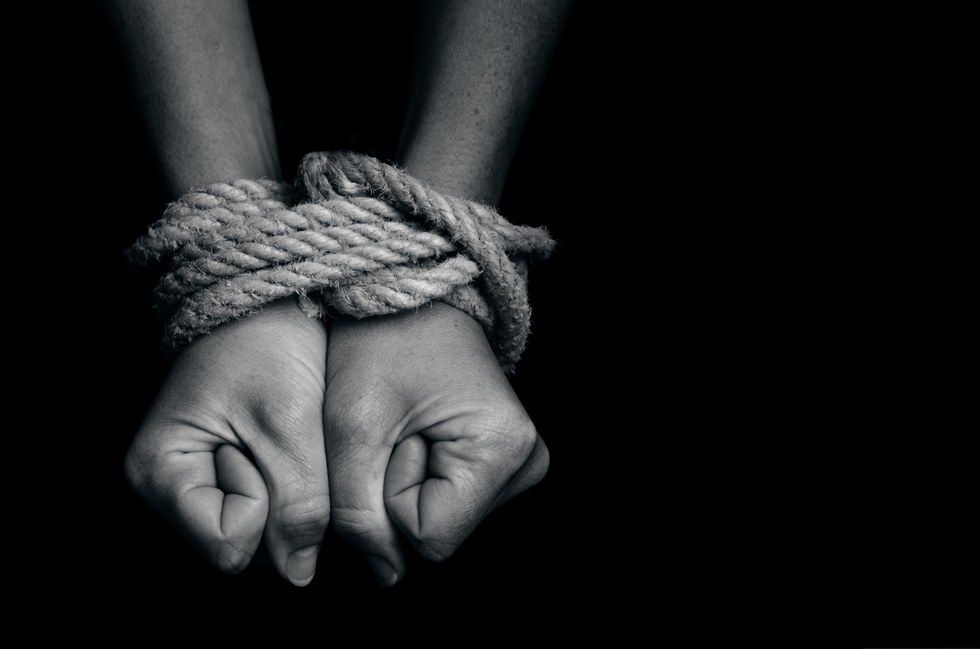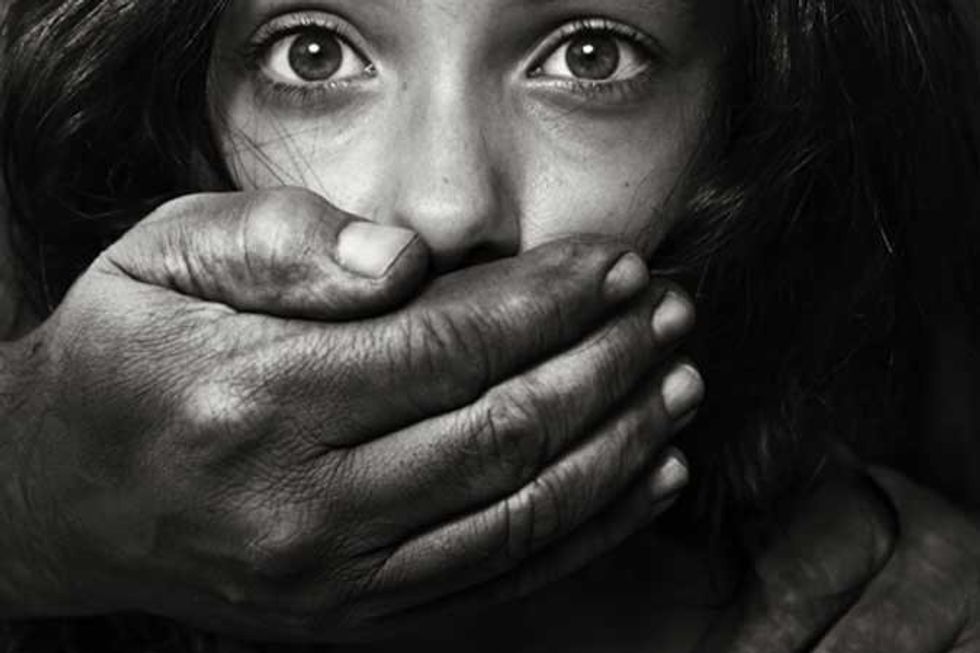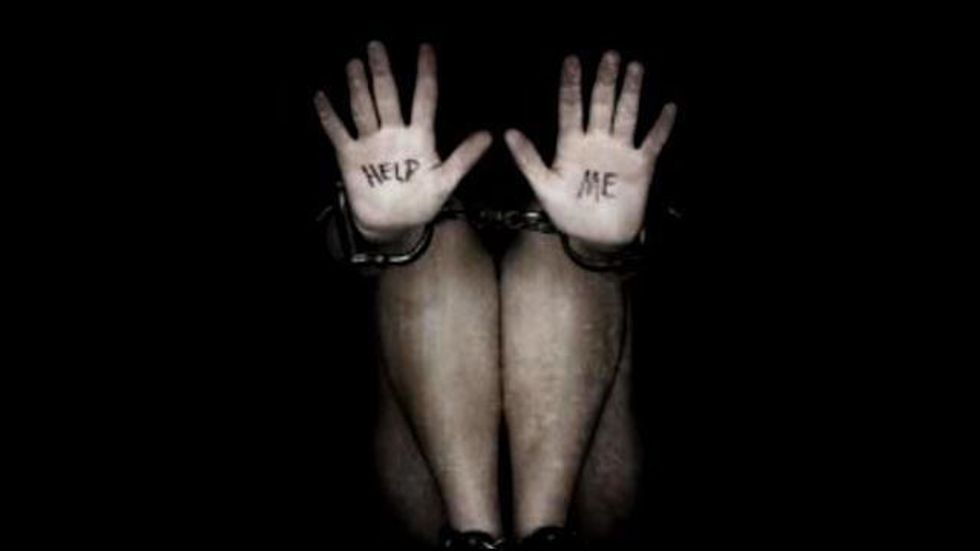Sex trafficking is a booming industry. The definition of sex trade is when someone uses force, fraud or coercion to cause a commercial sex act with an adult or causes a minor to commit a sex act. A commercial sex act includes prostitution, pornography, as well as sexual performances done in exchange for any item of value, such as money, drugs, shelter, food or clothes.
The common age that a child enters sex trafficking is 14 to 16 years old, too young and naive to realize what is happening. Children who are sex trafficked are treated for drug abuse, alcohol abuse, domestic violence, delinquency, teen pregnancy, STD’s and abortion.
Sex trafficking has two aspects, sexual slavery and human trafficking. A United Nations report from 2012 stated that there are 2.4 million people throughout the world who are victims of human sex trafficking at any given moment. This is a $32 billion industry (U.S. dollars), in which about 80 percent of victims are being exploited as sexual slaves.
Sex crimes are defined by three steps: acquisition, movement and exploitation.
Traffickers are using social media at an increasing rate to find their victims, research potential victims and control their victims as well as advertise to potential customers. Sex traffickers often target people who post things that would indicate that they are depressed, have low self esteem or are angry with their parents or home situation.
Another tactic is to kidnap victims, and then use drugs to ensure that they will not escape. Some are potential victims while traveling alone or who may have become separated from their group. Traffickers have also been known to frequent malls where they are more than likely able to find girls without their parents.
After the victim has been secured by the offender, various techniques are used to restrict the victim’s access to communicate with their families by imposing physical punishment unless they comply with the demands that have been set by the trafficker. Threats of harm are also made towards the victim’s family or friends.
There have been reports that the victims may be diagnosed with Stockholm Syndrome, because their captors will pretend to “love” and “need” them, some going so far as to even promise long term commitments such as marriage and future stability. This tactic has been particularly effective with younger victims because they are easier to manipulate due to their lack of experience.
In India, those who are trafficked into prostitution are often women who have trafficked themselves. As adults, they use personal relationships and trust in their villages of origin to recruit additional girls.
In gang-controlled trafficking, the victim is controlled by more than one person. Gangs are more often turning to sex trafficking as it is seen as safer and more lucrative than drug trafficking. The victims in these situations might have a tattoo to show their ownership.
In familial trafficking, the victim is controlled by their family members who will allow for them to be sexually exploited in exchange for drugs, money or even position within the community. An example of this would be a mother allowing her boyfriend to abuse her child in exchange for food and a place to stay. Usually, the mother was a victim of human trafficking herself. It begins with one family member and then it goes on from there. Familial trafficking may be harder to detect because the victims have a large degree of freedom, such as going to school. They may not understand that they are being trafficked and they may not have a way out.
In survival sex, the victim is not necessarily controlled by a certain person, but feels that they have to perform sexual acts in order to obtain the basic commodities to survive. They are still considered a victim of sex trafficking if they are below the age of consent and are legally unable to consent to the sexual acts.
There really isn’t a single profile for victims of human sex trafficking. Most, though, are women. Although, it is not uncommon for males to be trafficked as well. Victims are captured and then exploited all over the world, representing a large and diverse range of ages, nationalities, backgrounds and socioeconomic statuses.
Children are at higher risk because of their vulnerable characteristics: naive outlook, size and tendency to be easily intimidated. The International Labor Organization estimates that of the 20.9 million people who are trafficked all over the world, 5.5 million are children. There isn’t an official estimate on the number of children sex workers in the United States, but it is believed that there are approximately 100,000 currently working in the industry.
Sex trafficked victims face similar health consequences and mental disorders which range from stress disorders, PTSD, drug abuse, drug addictions, physical abuse from “Johns” and pimps, sexually transmitted diseases, HIV and sexually transmitted infections.
If you know of someone who is being sexually exploited, then please do not hesitate to contact someone; 24 hours a day and seven days a week, you can contact the National Human Trafficking Resource Center at 1-888-373-7888. They can also be reached online here.










 mr and mrs potato head
StableDiffusion
mr and mrs potato head
StableDiffusion










